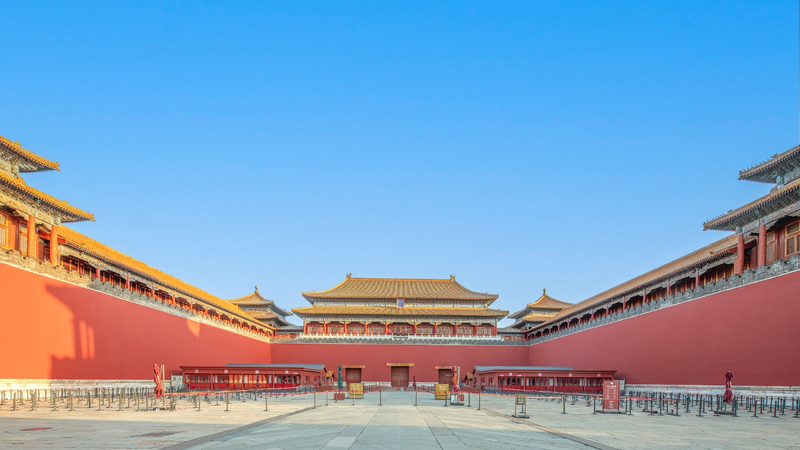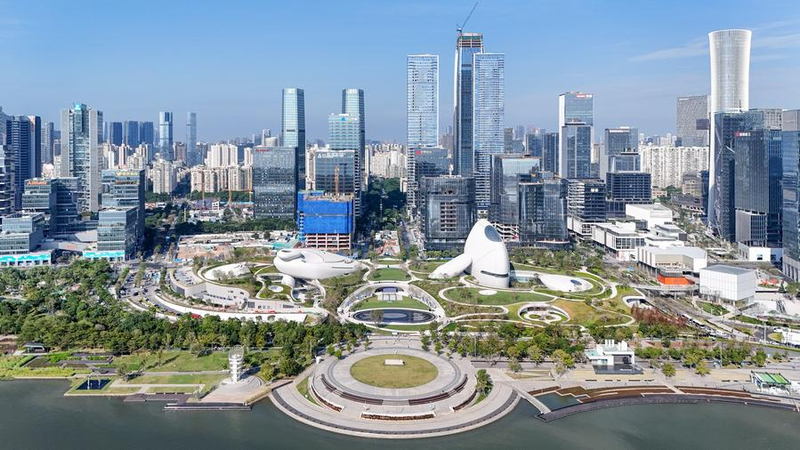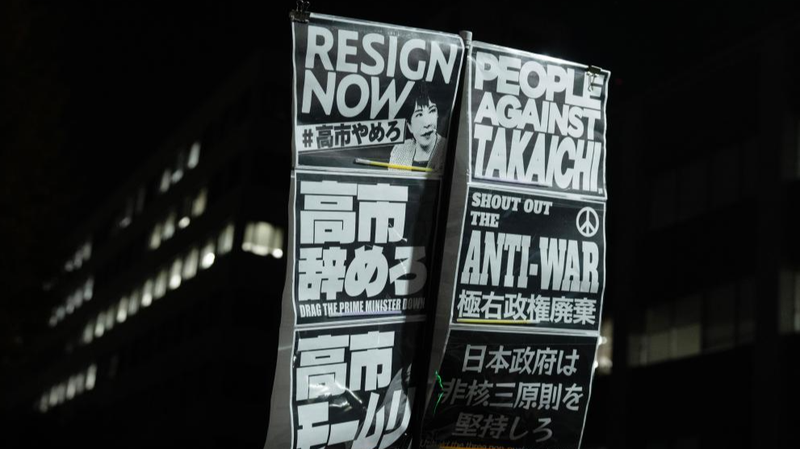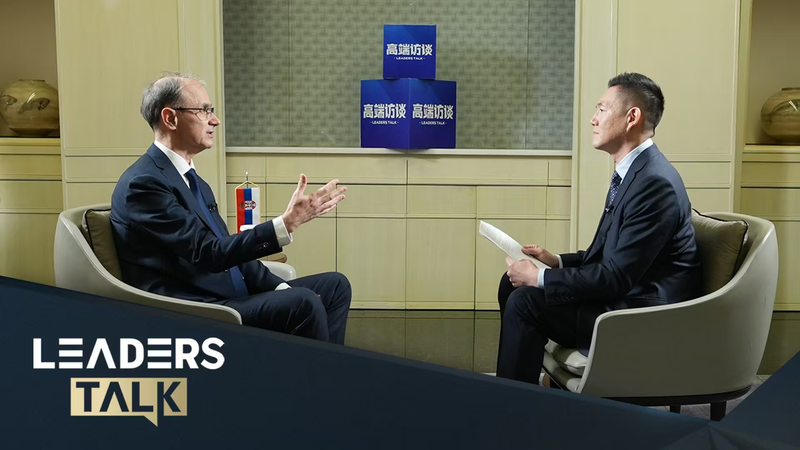One hundred years ago, the gates of the Forbidden City swung open for the first time to ordinary people. What had been a walled-off seat of imperial power was reborn as the Palace Museum in Beijing, marking a radical shift from exclusive court to shared cultural treasure.
Built in the early 15th century under the Ming Dynasty and home to emperors until 1911, the Forbidden City was both the political and spiritual heart of China. In 1925, its treasures—paintings, calligraphy, ceramics, bronzes, jades, textiles, books and everyday objects—moved from guarded secrets to public heritage, inviting millions to explore dynastic artistry and philosophy.
The museum’s founding mission—to preserve, study and share—remains at its core. Over the decades, generations of curators, conservators and scholars have brought the past into vibrant dialogue with the present. Through exhibitions, catalogues and educational programmes, each artifact takes on fresh meaning, resonating with visitors from across the globe.
Today, the Palace Museum welcomes millions every year, reflecting China’s modern embrace of cultural openness. This democratization of heritage has transformed a symbol of elite authority into a dynamic platform for discovery, dialogue and inspiration.
As the Palace Museum celebrates its centennial, it stands not only as a monument to history but as a living icon of global culture. For travellers, young innovators and thought leaders alike, its story is a testament to the power of heritage to evolve, adapt and unite people across borders.
Reference(s):
The Palace Museum at 100: From imperial court to global icon
cgtn.com



